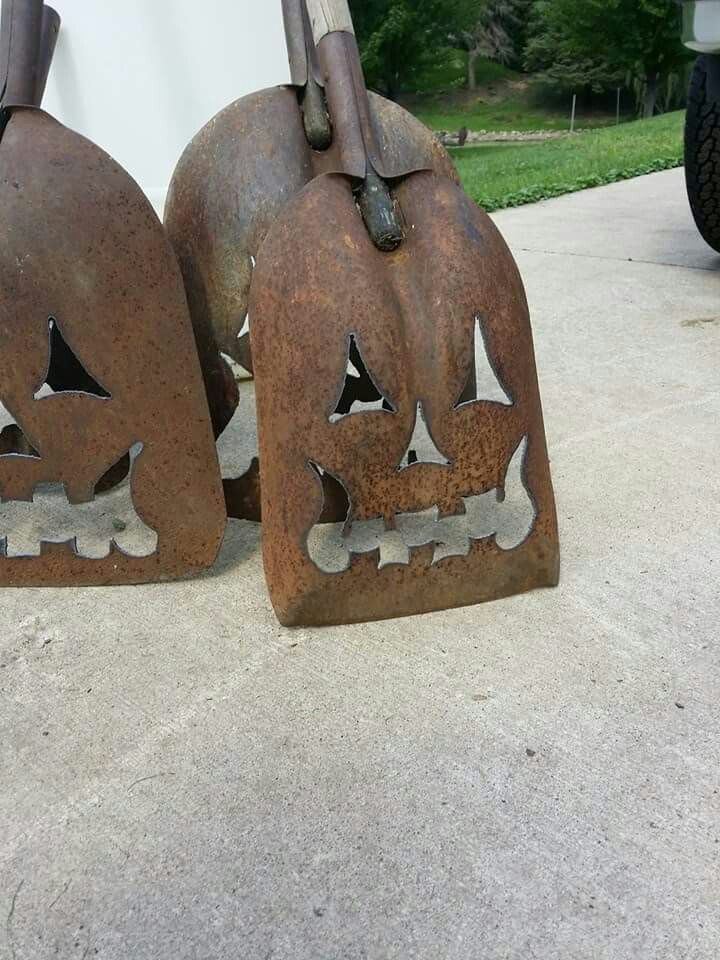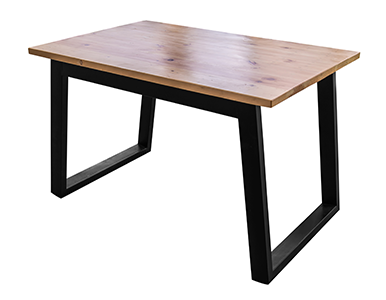When it comes to picking between MIG, TIG and stick, it's not an exclusive relationship. However, learning to master a single method can take a significant amount of time, equipment and energy. Knowing the pros and cons of each method will save you a lot of brain trauma when learning to weld or deciding which new process to try.
Stick
Shielded Metal Arc Welding, also known as Stick welding, is the simplest form of welding among the 3 main types. People have literally stick welded with car batteries and jumper cables (though not very well). As stick welding often requires less equipment and lower costs, it’s a common method for weekend warriors and beginners. While stick welding does take some practice, the basics can often be learned in an afternoon, making it one of the most beginner-friendly methods.
How it works:
First, the negative cable from the machine is attached to the workpiece which allows electricity to flow through creating an arc when the electrode comes in contact with the workpiece. To create an arc, the operator quickly makes contact with the base metal using the electrode then lifts up slightly (often described as the same motion you would use to strike a match). This initiates an arc which melts the electrode and base metal together to form a welding pool. This molten pool then cools to form a sturdy joint between the base metals.
Pros:
- Since the flux on the electrode already contains shielding gases that are released as the electrode melts, basic Stick welding doesn’t require gas tanks or any special knowledge about welding gases.
- Stick welding can be used for iron, steel, aluminum, nickel and copper alloys.
- Stick welding can create effective bonds on rusty or unclean surfaces, meaning it requires less prep time and equipment compared to other methods.
Cons:
- While Stick welding is simpler, welds are often more crude looking than with other processes. Spatter and porosity is hard to avoid. Using a quality machine can significantly reduce these issues.
- While stick welding requires less prep work, its messy welds mean more time cleaning up afterwards. The electrode also needs to be replaced fairly often. This makes stick one of the more time-intensive welding processes.
Recommendations:
You can avoid a significant amount of frustration and time by using a quality machine that supplies a constant, steady current.
Here are two of our favorite stick machines:

Miller Maxstar 161 S: This stick-only machine focuses on providing stick welders the best features and reliability available at a great price.

ESAB ES 951: As the perfect beginner machine, the ES 951 offers great reliability for one of the best prices around.
MIG
Metal inert gas (MIG) welding is often used to describe gas metal arc welding (GMAW). Basically “MIG” is a lot easier to say than “GMAW” so that’s the term everyone decided to use. Compared to Stick, MIG requires more knowledge of shielding gases and other parameters such as wire speed. However, it’s considered easier to learn than processes like TIG. Often, setting up your machine correctly is the most difficult part. The actual welding procedure is commonly described as “point and shoot.”
How it works:
The operator uses a spool gun that pushes wire electrode out of its tip to create a weld pool. Unlike stick, this electrode wire isn’t coated with flux containing shielding gases. Instead, shielding gases are emitted from the spool gun as the weld is laid, protecting the puddle. This means that besides the welding machine, MIG also requires a tank (or multiple tanks) to store your shielding gases.
Pros:
- Compared to stick, the quality of welds possible with a MIG machine are often considered to be better.
- MIG is generally the fastest of the 3 main processes used, often being called the “hot glue gun of welding.”
- The hardest part of MIG is using the proper parameters. Once those are set correctly, learning to weld can be incredibly easy. While 1-2 days is a common timeline for learning the basics, machines with features like auto-set can help beginners master the basics in a couple of hours.
- While MIG is easy to learn, it’s often difficult to master and can be used in a large variety of circumstances. In other words, it’s not a process you’ll quickly outgrow.
Cons:
- MIG welds require a clean surface, meaning that prep work takes longer than with processes like stick. However, MIG welds are cleaner, so you’ll spend significantly less time cleaning up your welds afterwards.
- While MIG can be used to weld virtually any type of metal, the different parameters and welding gases needed will vary. For welders with multiple tanks and a variety of different electrodes, this isn’t an issue. Beginners to MIG will commonly find themselves stuck using a specific type of material until they gain the knowledge and equipment needed to branch out.
Recommendations:
95% of the problems that MIG welders face come from incorrect parameters. This creates a steep learning curve when trying out new materials. The best way around this is using a machine with auto-set features, which makes finding the right settings infinitely easier.

Millermatic 211: Quite possibly the best-selling MIG machine in history, the Millermatic 211 is one of the most reliable, user-friendly machines ever made with its exceptional auto-set feature.

Lincoln Power MIG 210 MP: If you prefer Lincoln over Miller, the Power MIG 210 MP is the perfect machine. While the 210 MP is one of Lincoln's most solid MIG machines, it also has the ability to do TIG or stick as well.
TIG
Gas tungsten arc welding (GTAW), more commonly called tungsten inert gas (TIG) welding, is often considered the most difficult process of the three. However, TIG welding allows for some incredibly precise and clean welds making it the preferred method for artwork, intrinsic decorations, sophisticated structures and other precision workpieces such as racing automobiles or motorcycles.
How It Works:
With MIG and stick welding, the electrode also contains filler material. With TIG welding, the electrode is made of Tungsten which has a very high melting point. The filler material is applied separately in the form of filler rod that the welder places or dabs into their welding pool (depending on the technique used). This means a TIG welder must use one hand to hold their torch while the other hand applies the right amount of filler, requiring a fair amount of multi-tasking. Like MIG welding, a shielding gas is emitted from the torch to protect the welding pool from contamination.
Pros:
- TIG welding produces incredibly clean, strong welds (if done correctly). Since the operator chooses when and how much filler material to add, a lot more precision can be used during the process.
- TIG welding gives the operator a lot of control during the process, allowing welders to use
different techniques than would be possible with MIG and stick welding. Depending on the type of work, TIG welding might be the only viable process to create welds that are up to code.
- With a foot pedal, a TIG welder can even vary their heat input during the weld without having to stop to change parameters.
Cons:
- Working the torch in one hand and the filler in another has a steep learning curve. A pedal is also often used to adjust the heat input, making TIG welding even more difficult. This makes it less appealing for beginner and intermediate welders.
- TIG welding is very time-intensive and requires an incredibly clean surface to weld. Since TIG is often used for precision work, even small contaminates can do a lot of harm.
Recommendation:
Newer TIG machines have a ton of awesome features that make life so much easier. Even with these features, most parameters can be manually changed to fit the user’s specific preferences. Here’s 2 of our top recommended TIG machines.









